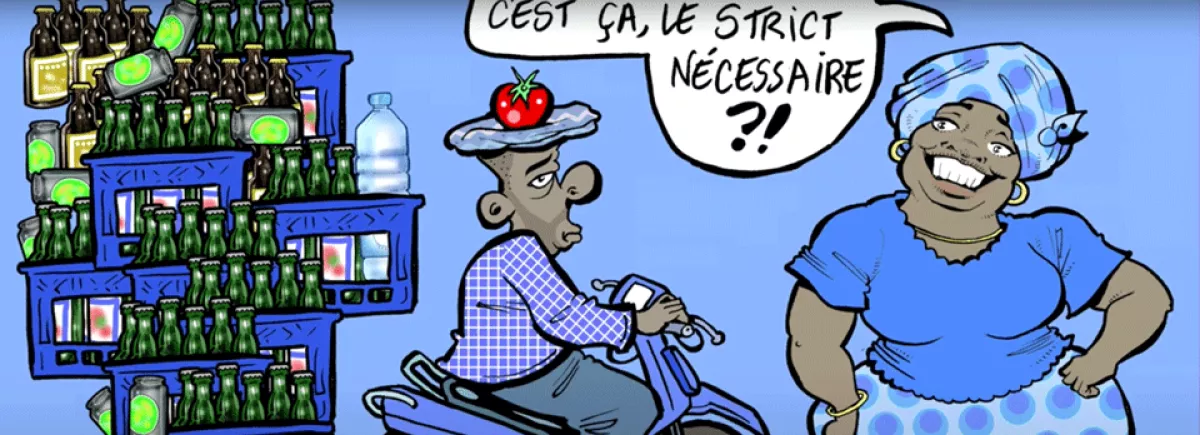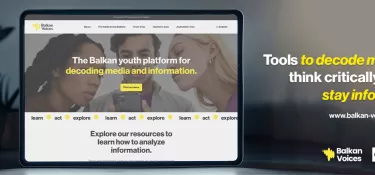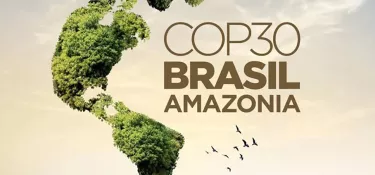
Combating COVID-19 by drawing
Related project
MediaSahelThere's nothing quite like a clever quip or a good drawing to make an impression. Damien Glez, who is offering Africa his talent to spread prevention messages as effectively as possible in order to fight effectively against COVID-19, is betting on this.
Damien Glez is a Burkinabe press cartoonist from the Cartooning For Peace, network. He has worked with an editorial and technical team to produce around twenty videos as part of the MédiaSahelproject (supported by AFD). In a light and slapstick tone, it raises awareness of the coronavirus among Africans. Through the magic of funny cartoons, it reminds us of the basic hygiene activities, good personal behaviour, social distancing to be imposed and the importance of not succumbing to false rumours. After all, being well informed is the key to fighting the disease.
In this way, Damien Glez manages to raise awareness in a very large part of the population, addressing both the youngest and oldest generations, the two age groups most at risk and capable of spreading the virus as well as falling victim to it.
Simple in design, his scenarios avoid any ambiguity so as not to lose the message: in each video, drawings are set in bubbles like in a comic book. A soundtrack adds the sound effects, completing the drawings to add a comic element, and a voice-over reads the final message. Combining image and sound in this way, the memories are delivered twofold to give everyone a better chance of registering the message: auditory memory for some is more efficient than visual memory.
A first series of ten messages focuses on the current emergency (barrier activities - washing hands, sneezing into your elbow, etc. - the fight against misinformation and self-medication, compliance with government measures, etc.), which will be followed by season 2, more focused on highly technical subjects, i.e. the social aspect of the crisis (use of masks, reminder of the routes of contamination but also the implication of the crisis on key jobs, the need to stick together in spite of social distancing measures, the growing risk of domestic violence during lockdown or curfew, the issue caused by migration, the stigmatisation of certain parts of the population, etc.)
All the messages will be translated into twelve languages deemed to be priority languages for MediaSahel’s target audience: Mooré, Fulfulde, Gourmanchéma and Dioula in Burkina Faso; Fulfulde, Bambara, Songhai and Tamasheq in Mali; and Tamasheq, Fulfulde, Hausa and Zarma in Niger (some languages will be translated several times due to the different accents of the same language depending on the locality). These videos will then be translated into Wolof for distribution to young Senegalese people. These videos will be broadcast mainly on social networks thanks to the agreement of influencers who are always active among young people. They will also be offered for broadcast on private television channels and made available to public channels.


